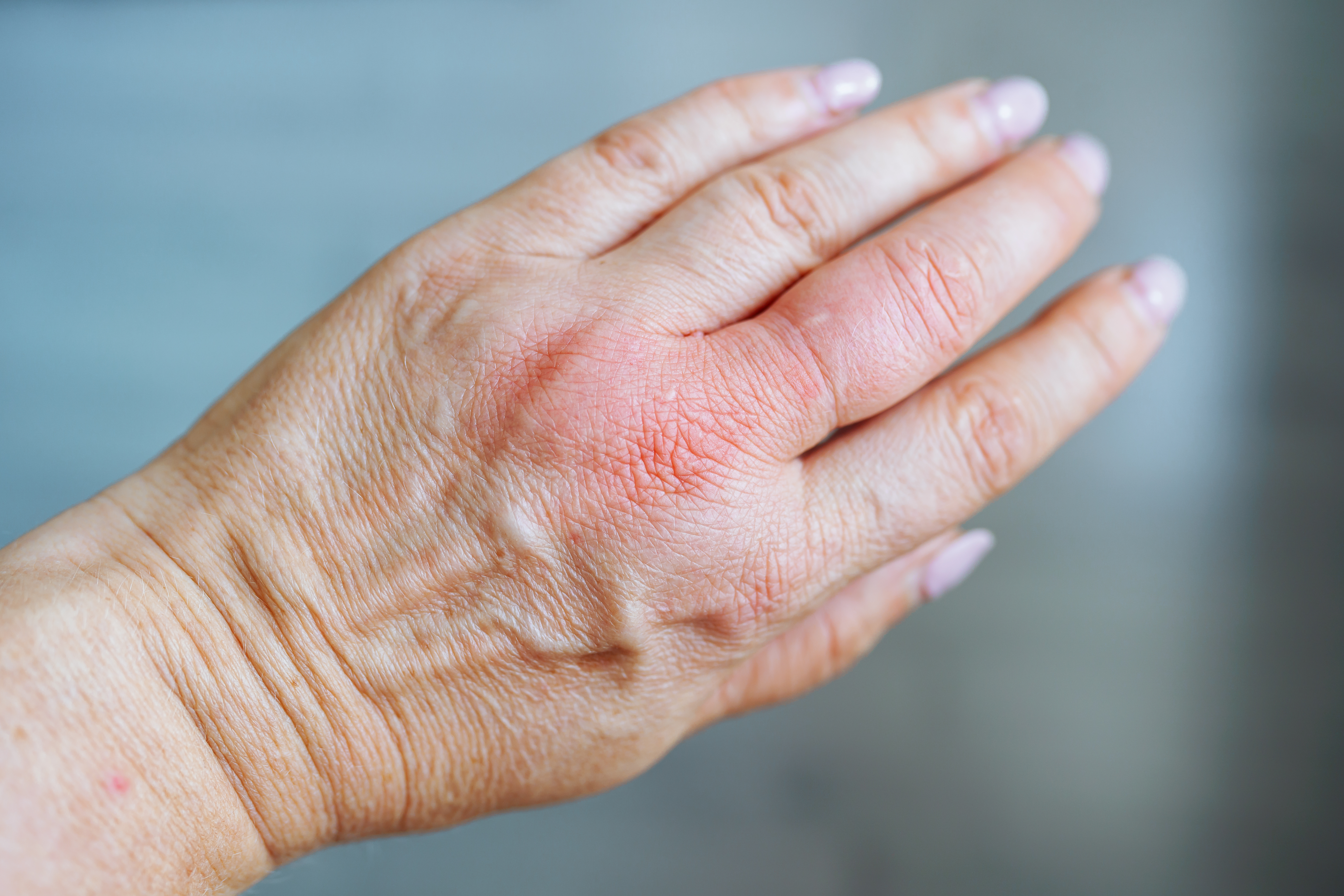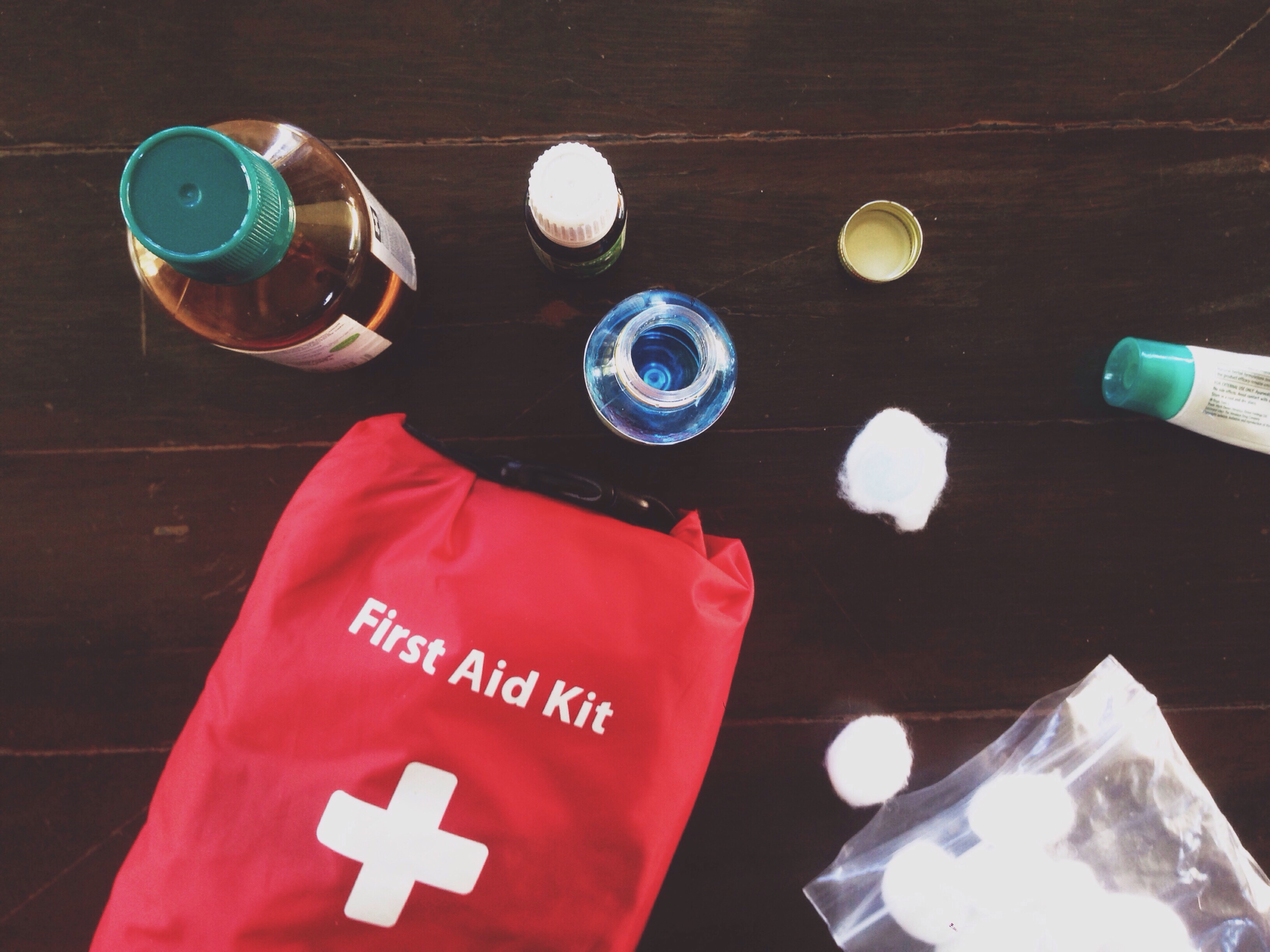10 Gentle and Effective Ways to Soothe Bee Stings Naturally
The gentle hum of bees is an essential melody in the symphony of nature, playing a crucial role in pollination and the sustenance of our ecosystems. However, an unfortunate encounter with these buzzing beauties can leave one with a painful sting. The immediate discomfort and potential allergic reactions make bee stings a common concern for outdoor enthusiasts and gardeners alike. Understanding how to alleviate the pain and prevent complications is essential for anyone who spends time in nature. This article delves into 10 compassionate and effective ways to transform the woes of a bee sting into soothing relief, ensuring that your outdoor adventures remain pleasant and worry-free. Each method is not only rooted in traditional wisdom but also supported by modern research, offering a comprehensive guide to managing bee sting discomfort.
1. Understanding Bee Stings and Their Effects

Bee stings are not just a simple prick; they involve the injection of venom into the skin, which can cause a range of reactions from mild irritation to severe allergic responses. The venom contains proteins that affect skin cells and the immune system, leading to pain, swelling, and redness. For most people, a bee sting results in a temporary discomfort that resolves within a few hours. However, for those with bee venom allergies, stings can trigger anaphylaxis, a life-threatening reaction that requires immediate medical attention. Understanding the effects of bee stings is crucial in determining the appropriate response and treatment. Recognizing symptoms such as hives, difficulty breathing, or swelling beyond the sting site can help differentiate between a typical reaction and an allergic one, guiding the next steps in care and prevention.
2. Immediate First Aid for Bee Stings

When stung by a bee, the first step is to remain calm and quickly assess the situation. Removing the stinger as soon as possible is crucial, as it continues to release venom into the skin. Use a flat object like a credit card to scrape the stinger out, avoiding squeezing it, which can inject more venom. Once the stinger is removed, cleanse the area with soap and water to prevent infection. Applying a cold compress can help reduce swelling and numb the pain. Elevating the affected area, if possible, can also minimize swelling. These immediate first aid steps are essential in mitigating the initial discomfort and preventing further complications. Understanding these basic yet effective measures ensures a swift response to bee stings, reducing the duration and intensity of symptoms.
